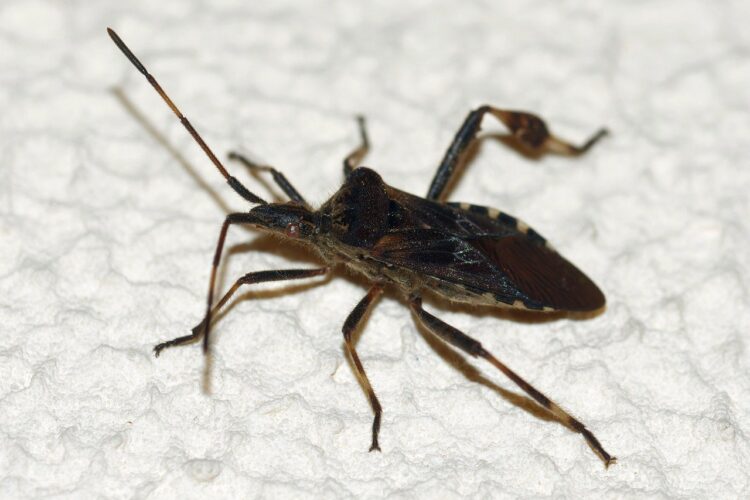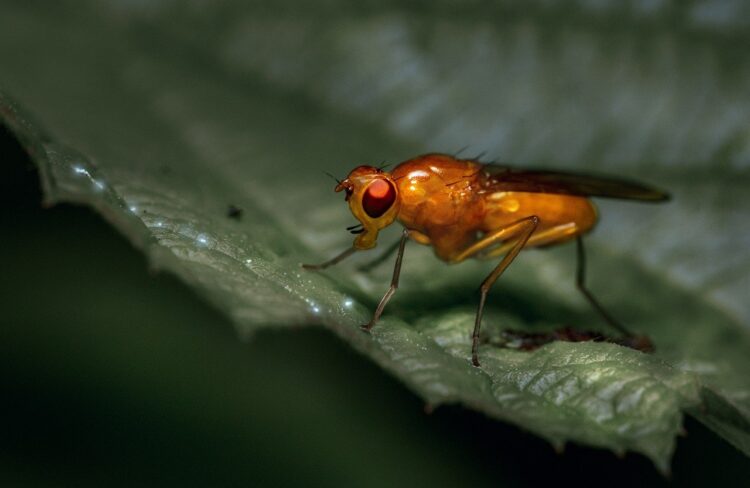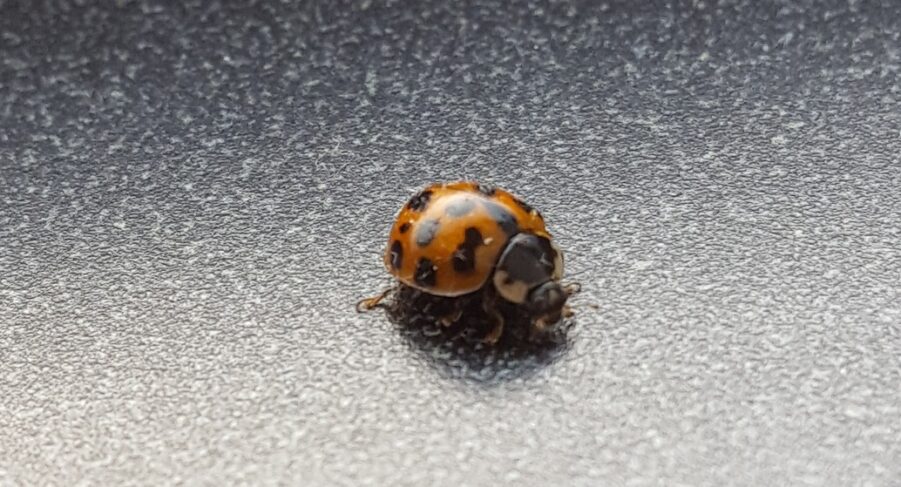Even if you like spiders and insects, it can be unsettling when they show up at home. It is always worth knowing whether or not bugs in your house could potentially be harmful. However, most invertebrates in our homes are pretty harmless. Despite what profit-driven exterminator and pest control companies would like you to think!
Nonetheless, when a handful are turning up every day from seemingly out of nowhere, it can get pretty annoying. Those of us who live in seasonal climates tend more often to see unexpected and abrupt arrivals of many-legged strangers at certain times of year.
Changing seasons and uninvited guests

The arrival or departure of winter cold can often trigger these waves of unwelcome guests. This can happen even after a long spell without any bugs turning up anywhere in your house. In the Fall, you might start finding more spiders or slow-moving, hexagon-shaped stinkbugs inside. You might spot them bumbling around windows or slowly makin their way across a wall or ceiling. In certain parts of the U.S., red-and-black Boxelder bugs (Boisea rubrolineata) can show up in droves when the weather cools off.
As a child growing up in New England, I would always find huge congregations of ladybugs in older houses. These beetles in the family Coccinelidae are also known as ladybirds. They gather in groups in sheltered areas to wait out the winter and emerge again in spring.
Winter survival for tiny creatures
The timing of these miniature invasions gives a major clue as to why they often happen. Insects and many other arthropods are strongly affected by changes in outside temperature. Arthropods are armored animals with segmented joints that include spiders, scorpions, roly-polies, crabs, and lobsters. While I doubt any lobsters have stumbled into many houses, some of their cousins absolutely will. Pill bugs (family Armadillidiidae) are crustaceans just like lobsters, and often find their way into homes in wet areas during summer.
Bugs generally can’t warm themselves the way that mammals can with the metabolic body heat released by their living cells. Their small size also makes them very vulnerable to changing temperatures. It’s easy to heat up or freeze something small, but harder with large things. For instance, think about how much time you have to set on a microwave to heat a big bowl of soup versus a cup of tea.
Because changes in temperature can be so dangerous for small-bodied arthropods, they need to adapt to survive. Although they use an incredible array of strategies, one of them is particularly relevant here: seeking shelter. Just like us, bugs look for a warm place to cozy up when nights start getting cool.
Finding mini-shelters
Before people started building houses, barns, and garages everywhere, insects found shelter in natural hiding spots. These include crevices in tree bark, hollow trees, holes in the ground, or logs and leaf litter. Of course, most insects still use these shelters today. But the behaviors that helped them find those spots are what occasionally takes them inside our home. It just so happens that in making wonderful shelters for ourselves and our pets, we also made more hiding places for our tiny neighbors. They may use our shelters to ride out the storm or snooze until brighter, warmer days are on the horizon.
The same instincts that guide insects to their natural overwintering places now make them expert trespassers. Their sense for finding shelter helps them find any gap or cranny that might allow them to crawl in someplace warm and safe. The result? When the going gets tough outside, you’ll find more bugs in your house.
Getting through the lean times
Of course, another problem for bugs is finding food. Many of them eat things like live plant tissues or other bugs that are only available in spring or summer. As a result, they need to not only stay warm but also avoid starvation. Many small animals do this by lowering their metabolism—the body’s natural “running engine”—down to the bare minimum of activity.
They spend just enough energy to keep vital processes going, but are otherwise motionless and apparently lifeless. At the cellular level, this greatly decreases energy demand and therefore the need for food and water. It’s a lot like putting your computer into sleep mode to save battery when you aren’t using it.
There are a lot of different names for this. For instance, it might remind you of how bears hibernate through the winter. Bugs do it for similar reasons, although there are some differences in how it is done. One good technical term is aestivation; a prolonged period where a living organism goes into this “sleep mode” to survive a harsh period with low resources.

Winter roommates
For a great many household insects, but especially the ones that show up in droves come Autumn, what you’re seeing are winter lodgers looking for a place to crash. They’ll probably stay out of sight. They might stay inside your walls or other confined space sheltered from outside temperatures. They’ll ‘snooze’ there until temperatures start to heat up again. During the winter itself, you may not see nor hear them at all unless a particularly warm day perks them up.
In this case, any great home invasions you witness in the spring might actually be winter lodgers leaving. As temperatures warm, they’ll be saying goodbye and trying to head out into the world. If they get stuck on your windowsill or are marching across the carpet, help them outside. They probably aren’t interested in being inside at all!
Hungry visitors
Aside from winter lodgers, any bug intentionally entering your home in large numbers is probably after food. Ants, houseflies, and some beetles are common examples of bugs that might show up if your pad has great dining options. Of course, they are more of a problem in late spring and summer when they are abundant and active.
Fruit flies (family Drosophilidae) can reproduce fast enough that old bananas left out can raise generations of flies that seem like an invasion. They can grow from egg to adult in as little as a week! Most other common bugs in the house, for example cockroaches, will be constantly present at lower numbers and don’t show up suddenly.

The bottom line
If you suddenly find that you’re hosting bunches of unexpected guests in the spring or fall, remember that they may just be temporary lodgers and are not necessarily harmful. Of course, it’s always good to know your household insects, especially the ones in your house, to make sure that you, your pets, and your family are safe.
Thanks for reading about bugs in the house!
If you found this post useful, please feel free to like or share it, or leave a comment. If you’ve got other questions you’d like to see answered here, let me know via the contact page!

